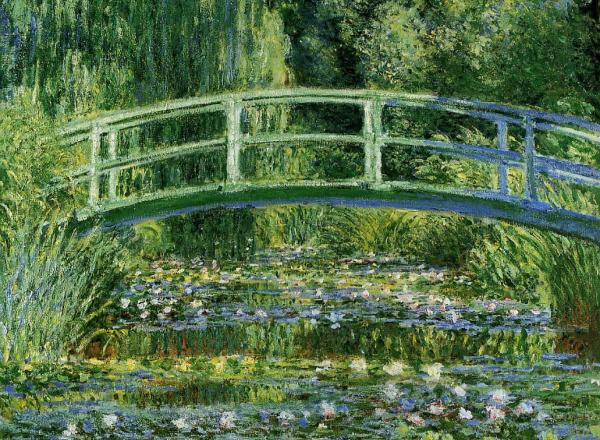Perhaps the most famous nineteenth-century Indigenous Łamana or Two-Spirit historical figure, the late We:wa was a Zuni artisan, diplomat, spiritual leader, and humanitarian. As such, they made great contributions to the protection and proliferation of Zuni culture.
Art News
Resin art has experienced a burst in popularity within the last few years, but what exactly is this miracle material, and is there a catch? Resin by itself is a viscous, flammable substance that can be either organic or synthetic. Most artists prefer epoxy resin, a synthetic type patented in the early 1930s.
B.J.O. Nordfeldt: American Internationalist, on view at the Weisman Art Museum, features work from WAM and fifteen museum and private collections, including the Metropolitan Museum of Art, The Hirshhorn Museum, and the University of New Mexico Art Museum. The exhibition also highlights an artist whose family played a small but important role in shaping the institution that WAM is today.
There's no doubt that the statues by Baroque sculptor Gian Lorenzo Bernini were markedly sensual, which might seem paradoxical in the era of the Counter-Reformation and for an artist whose main patrons were part of the ecclesiastical aristocracy.
While much of modern lace is loomed by machine, until the mid-nineteenth century, the art of lacemaking was a painstaking and time-consuming craft produced predominantly by women. Despite being a product of a domestic pastime, lace ruled both fashion and international markets for centuries. Flourishing trade and boosting economies, lace was highly sought after by monarchs, clergy, and the working class. Through the study of its inception, tools, and techniques, this article presents a brief history of lace and its unknown makers.
The Chavín are perhaps best known for their peculiar artistic style and iconography—one that depicts amalgamations of humans, plants, and animals in tortuous and stylized forms that act as both a puzzle for the viewer and a detailed map of the cosmological and spiritual ideologies of the Chavín.
Gentileschi’s Judith stands out because it shows the act of a woman forcefully decapitating a man. One could argue that any depiction of this tale is inherently violent. And yet, many believe Gentileschi’s deliberate inclusion of female brutality sends a feminist message that is absent from other iterations.
Monet was a master painter whose works are synonymous with the Impressionist movement he helped found. An avid experimenter, he was known for painting the same subjects over and over, drawing inspiration from the unique qualities of color and light he observed each time he sat down to paint.
Regardless of gender, ethnicity, creed, or political ideology, one thing for certain is we are going to die. Death is the inevitable fate in the plight of man and the great equalizer to all. Consequently, themes of death are richly scattered throughout the art-historical timeline.
In his latest book, That Which is Unseen, Panjiar takes us across almost four decades of Indian history and proves to be one of the most fascinating figures in contemporary photojournalism.

































